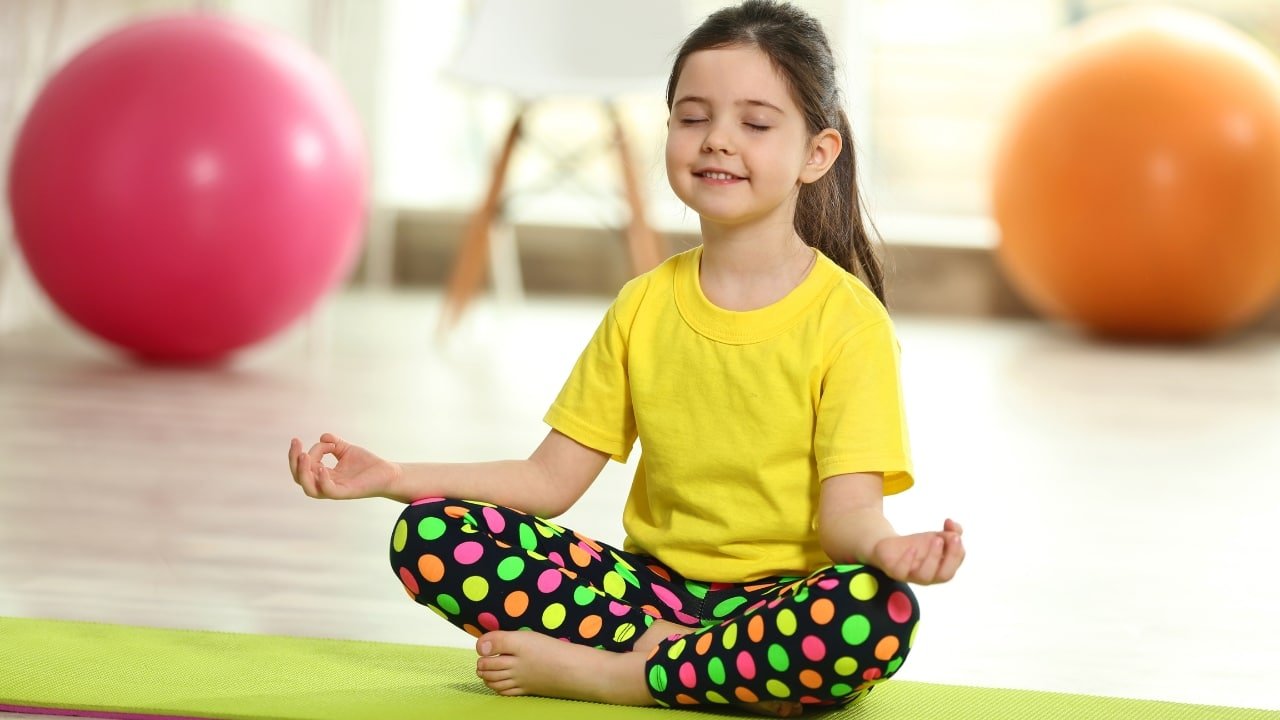Story continues below. Advertisement
In today’s society, many children lead sedentary lifestyles and often fall into a mentally disoriented state due to academic pressure and digital distractions. Studies have shown that regular yoga practice can help children cope with stress, regulate emotions and enhance cognitive functioning. If your child has trouble sitting still and is restless, irritable and impatient, it is cause for concern.
This behavior has become increasingly common among kids these days, leading to a sedentary lifestyle and mental clutter. Yoga and meditation offer effective ways to combat these problems by promoting physical activity and mental relaxation.
Story continues below. Advertisement
Here are eight easy meditation and yoga exercises for kids.
Mindful breathing:
Mindful breathing It teaches children to focus on their breathing and helps them calm down. Reduce anxiety.
Story continues below. Advertisement
Steps to follow: Have your child sit comfortably with their eyes closed. Ask them to take a deep breath in through their nose, hold it for a few seconds, and then breathe out slowly through their mouth. Encourage them to focus only on their breath.
Body Scan Meditation:
Body scan meditation helps children become aware of different parts of their bodies and promotes mindfulness and relaxation.
Story continues below. Advertisement
Steps to follow: Have your child lie comfortably. Ask them to focus on each part of their body, starting from their toes to their head, noticing any sensations or tension. Encourage them to relax as they focus on each part.
Training the Five Senses:
This practice stimulates children’s senses and helps them stay calm and focused on the present moment.
Steps to follow: Ask your child to sit quietly and focus on their surroundings. Ask them to name five things they can see, four things they can touch, three things they can hear, two things they can smell, and one thing they can taste. This exercise promotes mindfulness and awareness.
Child’s Pose (Balasana):
This pose will help you calm your mind, relieve stress and relax.
Steps to follow: Ask your child to kneel on the floor with their heels back and arms extended in front of them and their forehead lowered to the ground. Encourage them to breathe deeply and relax in this position.
Tree Pose (Vrksasana):
Tree Pose improves balance, focus and stability.
Steps to follow: Ask your child to stand on one foot with the sole of the other foot resting on the inner thigh or calf, bring their hands together in front of their chest in a prayer position, and keep their focus on a single point in front of them to maintain balance.
Cat-Cow Pose (Marjaryasana-Bitilasana):
The gentle flow between the two poses releases tension in the spine and promotes relaxation.
Steps to follow: Have your child start on all fours. Inhale and arch their back (cow pose), then exhale and round their spine (cat pose). Encourage them to move slowly and synchronize their movements with their breath.
Butterfly Pose (Baddha Konasana):
This pose stretches the hips and groin, promotes relaxation, and helps reduce stress.
Steps to follow: Ask your child to sit with their feet together, knees bent, and knees dropped to their sides. Holding their feet, encourage them to gently move their knees up and down like butterfly wings.
Legs-Up-the-Wall Pose (Viparita Karani):
This restorative pose promotes relaxation, helps reduce anxiety and calms the mind.
Steps to follow: Have your child lie on their back with their legs stretched out against the wall. Encourage them to close their eyes, breathe deeply, and relax in this position for a few minutes.
Always consult with your yoga instructor and doctor before starting any yoga practice, especially if you have any underlying medical conditions.

